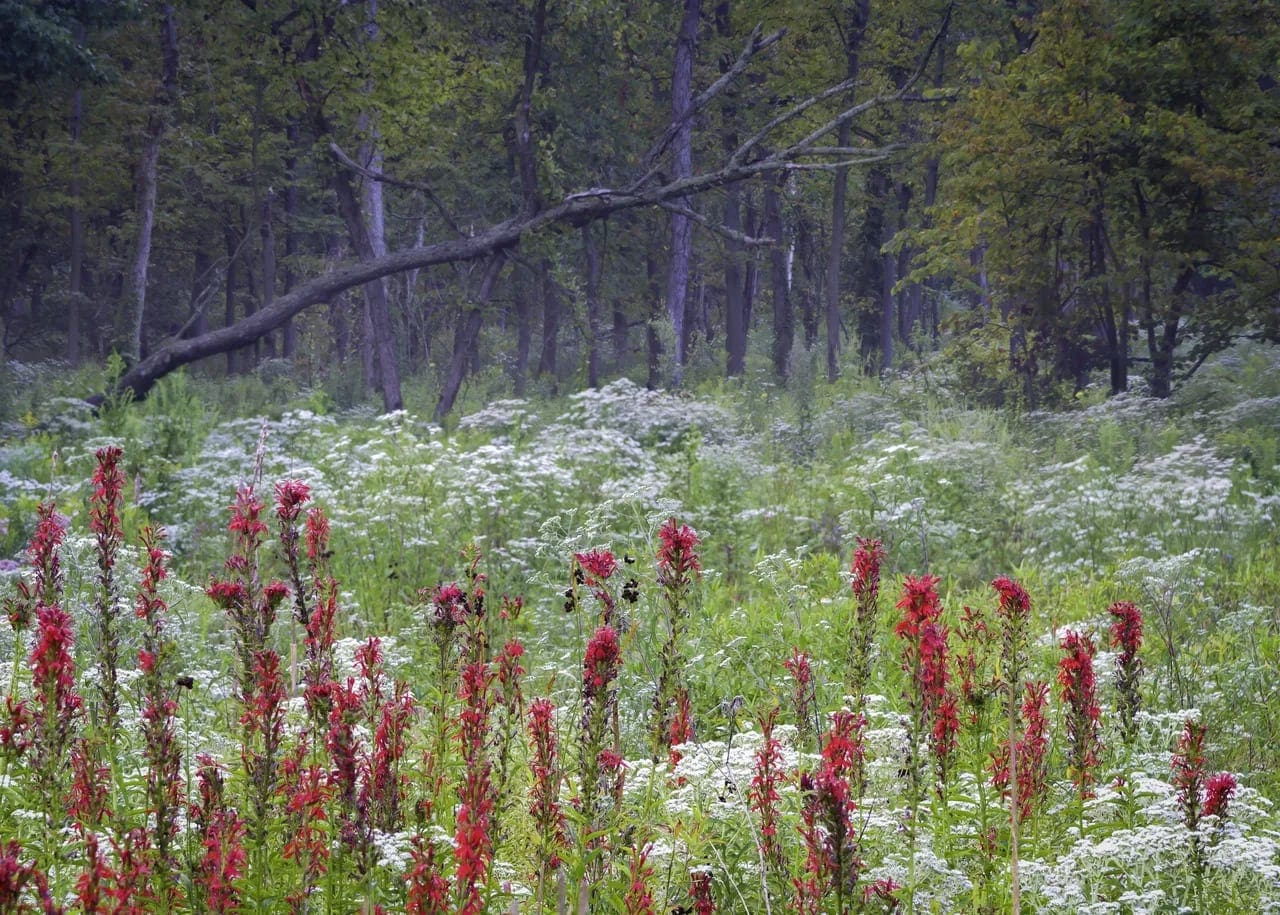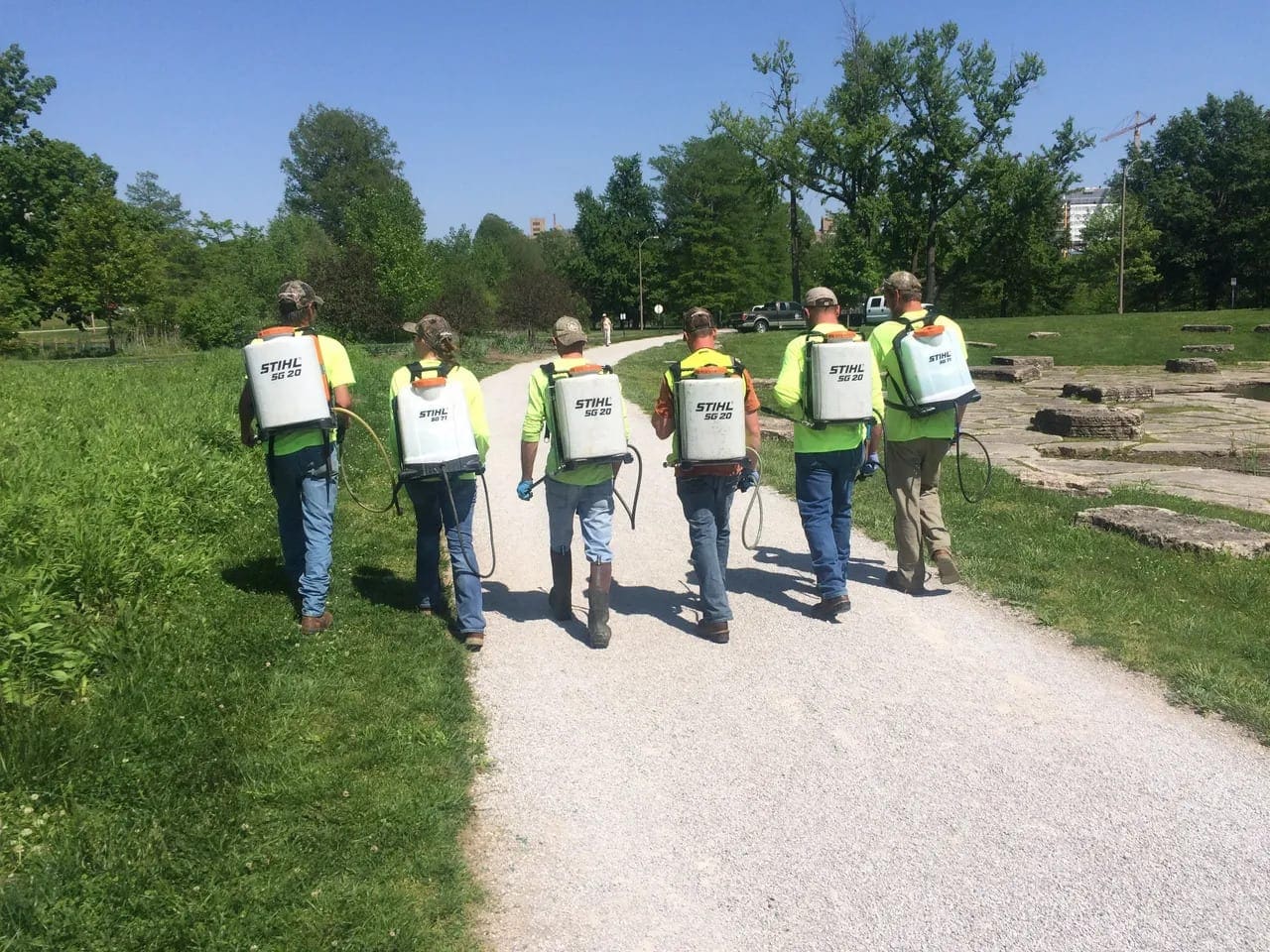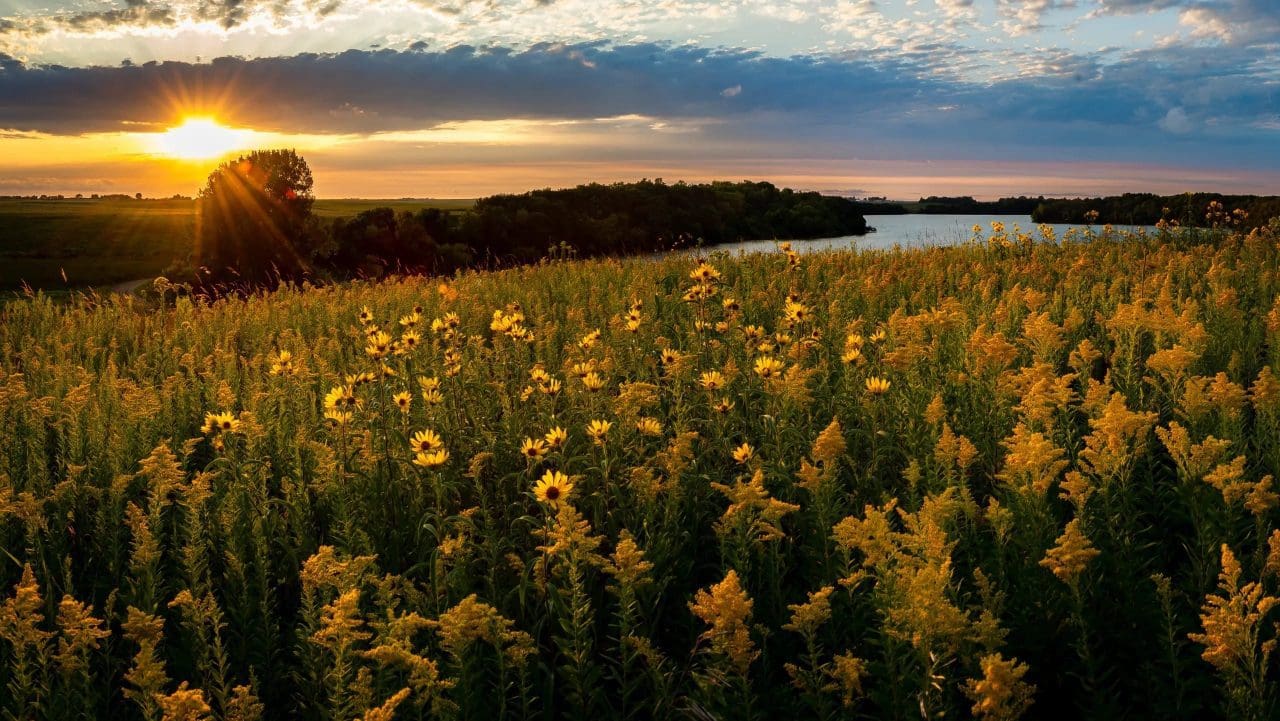
#PlantYourLegacy
It’s not just a slogan, it’s a call to action! But what action do you take first? We often get asked, where, what, when, and how to plant native species to create the prairie or stand of warm-season grasses landowners desire. And the World Wide Web can be littered with information not relevant to your specific situation. So let’s talk about the first steps to planting YOUR legacy.
You’ve searched the internet & you’ve seen some photos of prairies in bloom. Now you want to replicate what you’ve discovered. You probably know not all plants are created equal, but so many times landowners will have species planted in areas those species will not thrive. There are several different kinds of prairies in the US that each fall into 1 of 3 categories; wet, mesic, and dry prairies. Based on your planting site, we can determine what seed mix will comprise the majority of your prairie composition.

Now it’s time to factor in your goals for planting. Why are you planting this native seed mix? If you’ve been paying attention, the ‘why’ question was not listed above in the common questions landowners ask us but is essential to know. Take your time, you don’t have to answer now, but this is a critical determinating factor for your native grass and/or wildflower seed mix. The list of beneficial qualities that native prairies include is widespread. Clean water, healthy soil, erosion control, balanced ecosystems, great for pollinators, insects, wildlife, increase property value, water infiltration, bio-remediation, and the list continues.
With the where & what(why) questions answered, we’re getting to the meat & potatoes of planting native prairies. This next question is mostly misunderstood and often overlooked part of planting native prairie species. WHEN? The short answer is during the dormant season. We’re replicating Mother Nature when restoring a prairie. Native plants produce viable seeds which are, through one form or another, distributed across the landscape in the fall. As winter temperatures rise and fall, dipping below freezing and warming again, this freeze/thaw cycle accomplishes 3 things. It effectively plants the seeds, stratifies the seeds, and can scarify the seeds as well. Those last two words sound scary but essentially mean the seeds have to experience certain weather conditions and environmental conditions to germinate. More on these topics in another post.

I realize you may be confused at this point. Who plants flowers in the winter? Everything you’ve ever been taught about planting flowers or grasses has told you otherwise (the saying, April showers bring May flowers, comes to mind). While this does sound counter-intuitive to what you’ve grown up believing in, it’s true, native wildflowers specifically, are ideally planted in the dormant season to allow time for them to be stratified and scarified. Warm season grasses, however, can be planted from the dormant season through the spring just before summer because they do not need the same stratification and scarification requirements that native forbs need.
Finally, we can put all this knowledge together and take action. You’re ready to plant your legacy, and you want to know how. Preparing the planting site is likely the most significant deciding factor in your prairie’s success and your on-going stewardship requirements. Think of it like painting rooms inside your home. If you don’t scrape, tape, cover, prime before painting, your finished results will likely be less than you’d hoped and require more ‘touch up’ and additional work after painting. You need to spend the necessary time to build the right foundation for your native seed mix to thrive in. Because most prairie species are perennial, living longer than 2 years, they take time to mature. In the first few years, native plants are developing a vast root system before they show maturity above ground.

This factor means existing vegetation needs to be eliminated to make room for growing native prairies. Typically this is done using site-specific herbicides to kill the active, growing vegetation such as fescue, before planting your prairie. We recommend 2 herbicide applications in late Summer or early Fall before the plants go into dormancy. With 2 applications of herbicide, you’re sure to eliminate the competition to make room for your native prairie. Once this is completed, a no-till drill can be used to plant your native seed mix during the winter months. A no-till drill can cut through the dead vegetation to plant the seeds at the exact depth required. The drill will also cover the seed to prevent the seed from washing away as well as keeping it out of reach of local wildlife that would have a meal of your seed mix. No fertilizer, lime, or watering is recommended and doing so will only benefit the undesired annual weeds and other plant species.
Broadcasting your native seed mix is also an acceptable way to plant; however, the site preparation is slightly different. When planting any seed, seed-to-soil contact is vital, and in broadcasting, your planting site should have approximately 70% of soil exposure at the ground level. The key words were “at the ground level.” If the soil is covered up with a layer of organic matter consisting of grass clippings, leaves, duff, litter, or any kind of debris that will prevent the seed from contacting the soil; this will need to be cleared out before broadcasting your seed mix. It’s recommended using prescribed fire to remove the dead vegetation and layer of debris covering the soil.

Conversely, an ATV, UTV, or tractor rake implement could be used to clear away some of the debris if a controlled burn cannot be utilized. When the soil is uncovered where seeds can make contact with the soil, you can broadcast your native prairie mix. Frost seeding is an effective and highly utilized method of broadcast planting your seed mix in the dormant season.
If you do use prescribed fire in late Summer or Fall to clear the ground debris, consider planting a cover crop, such as winter wheat, to keep an active root system in the soil. This prevents erosion and helps shade the soil preventing a flush of annual weeds and other species from taking over. You can then broadcast directly into the winter wheat during the dormant season. The winter wheat will die off naturally when it completes it’s growing cycle and make room for the native plants to grow.
And lastly, let’s talk about tilling the soil. If you can avoid it, please do! You can thank us later. Plants create seeds and those seeds fall to the ground and sometimes lay dormant in the soil for years and years, waiting to strike. It’s only when the soil is disturbed that these seeds begin to germinate. So by tilling the ground, you’re actually ‘planting’ seeds that exist in the soil bank already. Likely these are seeds of whatever is growing there now and whatever was growing before what’s there. If you’re trying to eliminate pasture grass for example, but you till the ground up, you’re going to get pasture grass to germinate and grow. If you must till, use an application of herbicide to kill the vegetation first, then till, then wait 2-4 weeks and apply another round of herbicide to kill the now growing vegetation. Do not till the soil again. Tillin the soil can cause other problems when trying to plant native prairies as well such as uneven seed distribution if broadcasting, seed washing away, erosion, and tilling dries the soil creating fluffy soil and ultimately causing native seed mixes to be planted too deep.


